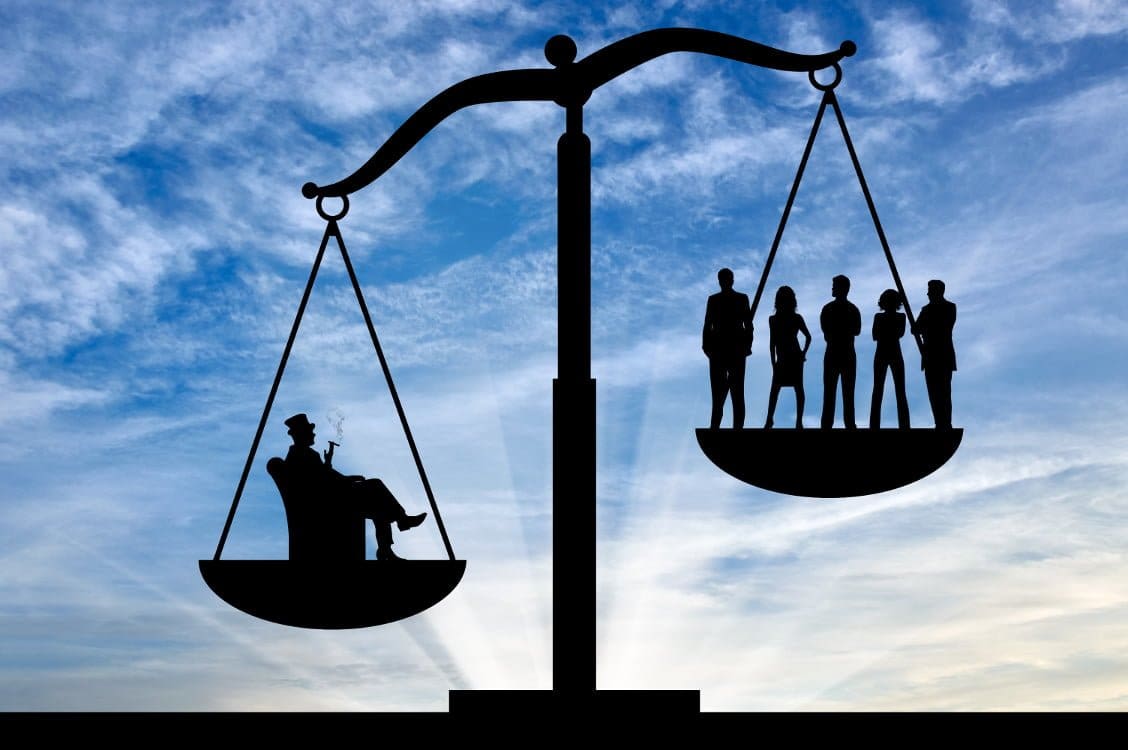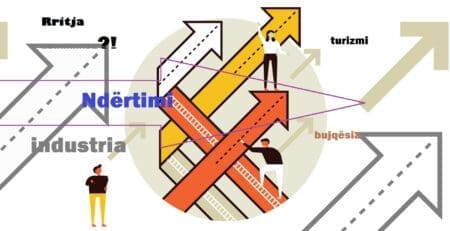How much and how do fiscal reforms in Albania cost us?
Implementing tax reform implies something specific: lowering tax rates and broadening the tax base. Lowering the tax rates loses revenue, but a prudent reform finds them closing the gaps in tax evasion, exemptions and favorable fiscal treatment of one type of income over another, with all these measures aimed at broadening the revenue base which taxed.
However, this reform policy does not describe the real tax reform.
Given that reform has a positive connotation, what is so exciting about promulgating a lower rate tax policy and a broader base?
Theory and facts suggest that individuals and businesses, which the current system imposes with significant tax liabilities, lobby continuously how to benefit from favorable changes in tax legislation.
The facts of all these years in the last two decades have shown that these changes rarely happen to serve a major economic purpose. They are proposed because some industries or individuals have chosen a strong lobbyist with deep pockets. It even helps members of Parliament “understand” how important the gap they seek for greater public goods. So, tax rate cuts and tax breaks are often economically inefficient as well as uneven.
If we start from the initial effect of the reform, where lower tax rates will generate more economic growth and thus this expansion of the economy will begin to pay off itself by increasing the tax contribution to the budget, then this impact would be calculated correct.
But when the government has little taxpayer support for this policy, then the effect of lower tax rate reform can cost both the budget and the tax base, which can be narrowed because of the backlash from unfair competition, which is created by lowering certain tax rates for some industries and taxpayer categories. In this way, the equality of taxation that existed before the reform was also broken.
As soon as governments come in power, they wrongly and unequivocally conceive the theory of tax abatement with economic developments.
They start with a very general perception that if taxes are cut, people will work and businesses will invest more.In fact, the impacts of such approaches are unclear: Some taxpayers will work slightly less after a tax cut, as they can keep their income constant with less work. Whereas, some of them that carry more share in the state budget will work more to take advantage of the space created by fiscal relief policies than to seek to invest to generate greater profits.
Meanwhile, the vast majority of them will not change their own way of working (or the amount they invest). All this panorama that can be seen after implementing a low-tax policy is due to the fact that the economic environment in which it operates is very problematic, the competition in regional markets is strong, and the informality and corruption do not allow such developments to take place, reflecting on policy changes.
Moving the argument to Albanian reality in 2014 and on, where tax cuts for low-wage individuals occurred, as well as removing the small business tax and significantly lowering tax rates for other small business categories, the initiators of these ideas predicted that these reform measures would provide an “immediate and sustainable boost” to the Albanian economy. They were obviously wrong.
The same thing happened in this period, just as tax cuts have always happened: loss of budget revenue and disruption of equity in the economy. Many taxpayers changed their tax status by “switching” to other tax statuses so they could get the most out of their new tax benefits.
The impact assessment on the economy was reduced and the government burned down the opportunity through attempts to shift the fiscal burden from poor to rich people. Compared to neighboring countries, the economy could not be more competitive than before. Moreover, economic growth and jobs actually did not achieve the numbers, where they were projected. So, another thing is talking about tax cuts and another thing is talking about tax reform.
The real tax reform is not tax cuts. In fact, the tax cuts and reliefs, together with these reform measures, could deplete the budget at a cost of ALL 10-15 billion over a 10-year period.
Meanwhile, in the event that tax evasion has not been reduced to levels felt by the formal economy, the missing revenue will be an increased cost for taxpayers who are formal and why the tax base may increase for this category over the years.
Real tax reform means tax changes that respond to the needs of most taxpayers, now and for the future.
Real tax reform would begin with a clear-eyed assessment of the resources the government will need to meet these needs, all of which are considered public goods, including social security and risks that will not be met by actors of market.
Reform must compensate, not exacerbate market and system inequalities.
Reform must raise the revenue needed to meet the many challenges we will face as a country in the coming decade.
Between 2020 and 2030, the share of the population over 65 is expected to grow more (from 15 percent to 20 percent), putting pressure on both the spending and budget revenue side. Health costs are rising slowly, thanks in part to the design of the health system to reduce costs.
But given the demographic and health cost pressures, it is notable that holding Social Security and public health programs will require another 1.2 percent of GDP over the next decade.
In this respect, the main reason that the Socialists aim to increase fiscal productivity is that they are the party that recognizes the role of government in meeting governance challenges and integrating the economy into the region and beyond into the EU. This recognition requires them to raise the missing revenue to pay for the government’s needs to continue meeting the challenges of its program.
The Socialists also recognize the Democrats’ long game of undermining this role, thus reducing the effect of government reform measures. The Democrats’ game is as simple and transparent as it is short-lived: promise tax cuts by telling taxpayers that the effects of economic growth will offset their costs. When this is unlikely to happen, justification is enough to blame others to justify the failure of the reform announced by them.
In the end, after failing to capitalize on the reform, they will begin to argue that the only option is to cut costs.
For a long time, Democrats and Socialists have been reluctant to link this cynical game to the principles of real tax reform.
Instead, at best the income will only increase by getting more out of those who earn more. At worst, while the Democrats will cut taxes on the rich (flat tax), the Socialists will cut taxes on low wage levels and the low-income category (progressive wage tax).
This is a game that has only brought losses, both for the budget, but also for individuals and businesses.
The Socialists, Democrats, or any future progressive political force must explain what a real tax reform is. Why it is so needed, and how it should support its strong role, for a government that is easily funded and uses constitutional rights to meet the great challenges we face.
First, it is necessary to establish a fully meritocratic model as soon as possible, which should no longer be the fate of previous models. The main effect will be a significant increase in income as it minimizes corruption and lack of motivation at work. The timing of doing so directly affects their outcome and affects future voting.
Secondly, the fiscal burden should be shifted from indirect taxes to individual taxation and then real estate taxation should be applied. The reforms to be undertaken should not target large categories of taxpayers, but rather target categories that should become part of a system of equality before the law. Direct tax reform is significantly less effective than other reforms to the economy, but indirect tax reform is more sensitive to citizens.
Third, the maintain of a social and economic environment, to increase the capacities and treatments of employees to strengthen competition and market expansion beyond current boundaries, aiming at a comprehensive policy to keep the few paying workers out of the country.
Satisfactory revenue growth, in a way that balances efficiency and capital considerations, i.e., minimizes the distortions created by favoring one type of income over another while maintaining tax neutrality is the true tax reform.




Leave a Reply
You must be logged in to post a comment.